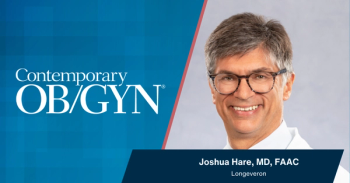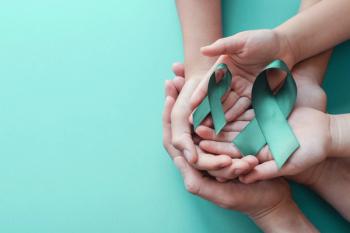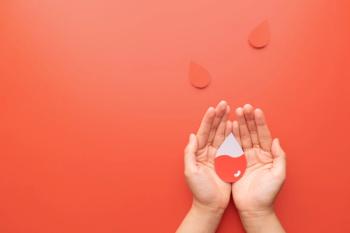
Does cryopreservation of embryos increase risk of placenta accreta?
A small study by investigators from Harvard University suggests that cryopreserved embryo transfer (CET) is a strong independent risk factor for placenta accreta in women undergoing in vitro fertilization (IVF)/intracytoplasmic sperm injection (ICSI).
A small
Data on 1,569 women who had delivered at least one viable infant at ≥24 weeks’ gestation and underwent a Day 3 or Day 5 transfer at a single institution between 2005 and 2011 were included in the analysis. Among them, 52 cases of placenta accreta were identified, as confirmed by histology or a clinical finding of an adherent placenta with or without morbid complications such as
Multivariate analysis resulted in an overall incidence of accreta in the cohort of 3.31% (52/1,569), versus 7.24% (16/221) in the women who had undergone CET. The median age of cases and controls was similar (39.3 versus 39.1). No potential confounders were included in the final model because none were found to change the effect size for CET by more than 10%.
The only significant predictors of accreta were CET (P=.04), prior myomectomy (P<.01), and placenta previa (P<.0001). When the analysis was restricted to only morbid cases of accreta, the effect was strengthened to 2.78 (95% CI 1.11-6.99; P=.03).
To get weekly advice for today's Ob/Gyn,
Newsletter
Get the latest clinical updates, case studies, and expert commentary in obstetric and gynecologic care. Sign up now to stay informed.










